Five forgotten locomotives no one wanted: Producing a locomotive is a massive endeavor. From design to testing to production, each model is the summation of thousands of hours of labor from dedicated engineers, builders, and everyone in between. However, in spite of the scale of this undertaking, sometimes it just doesn’t work out. Maybe the locomotive is plagued by reliability issues, or maybe it just doesn’t sell well. The following five locomotive models represent forgotten and unwanted efforts in the field of locomotive production from various manufacturers.
EMC TA Diesel
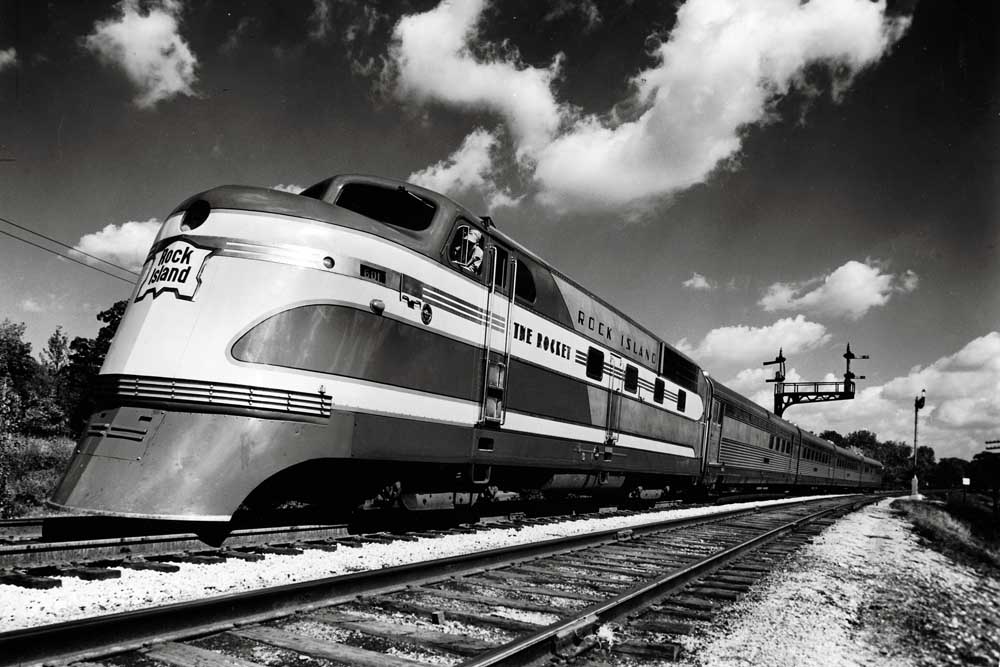
The EMC TA diesel, a one-off design built specifically to power Chicago, Rock Island & Pacific’s new Rocketstreamliners, saw only six units ever produced. The TA shares a resemblance to the EMC E-series streamlined diesel passenger locomotive. While few TAs were made, they enjoyed a successful career, proving themselves to be dependable workhorses both with their original assignment, and the Rock Island passenger service duties they would later be assigned to. All six EMC TAs were eventually scrapped.
Read more about the EMC TA here
Fairbanks-Morse H20-44
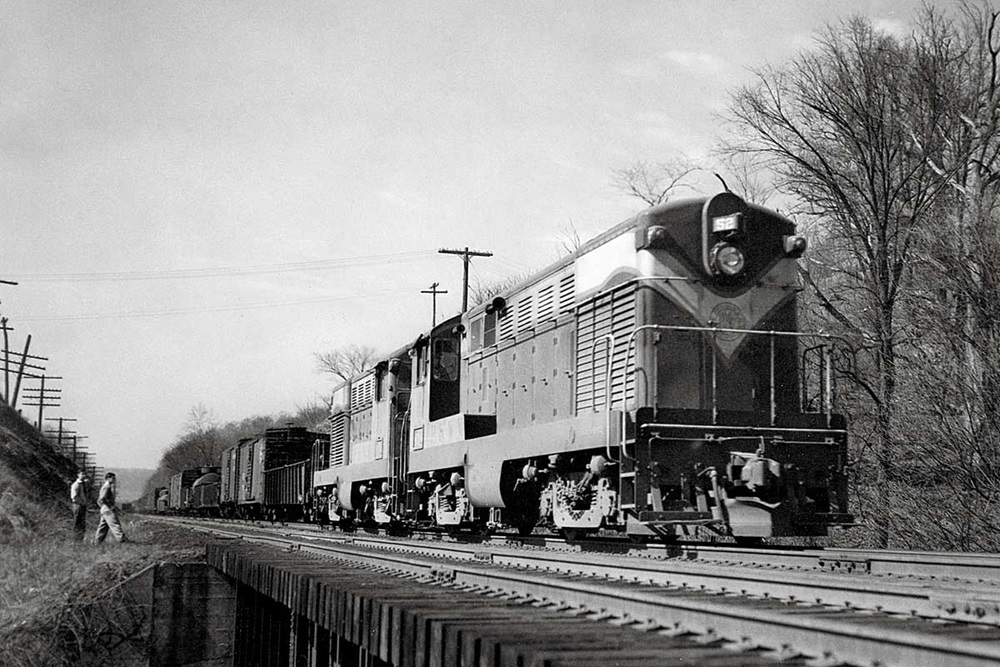
Fairbanks-Morse’s first foray into the diesel road-switcher market was unconventional, to say the least. FM took a 2,000-hp, 10-cylinder opposed-piston engine diesel engine and sat it on a pair of heavy-duty two-axle road trucks. The H20-44 units rolled out in mid-1947 with production continuing and off until early 1954. Ninety-six units were built, mostly for railroads in the East. The H20-44 suffered from reliability issues, though. All those horses on a four-axle body made them slippery, and more than one crew complained of having to work extra diligently not to let the units “get away from them” in helper service.
Read more about the Fairbanks-Morse H20-44 here
General Electric BQ23-7
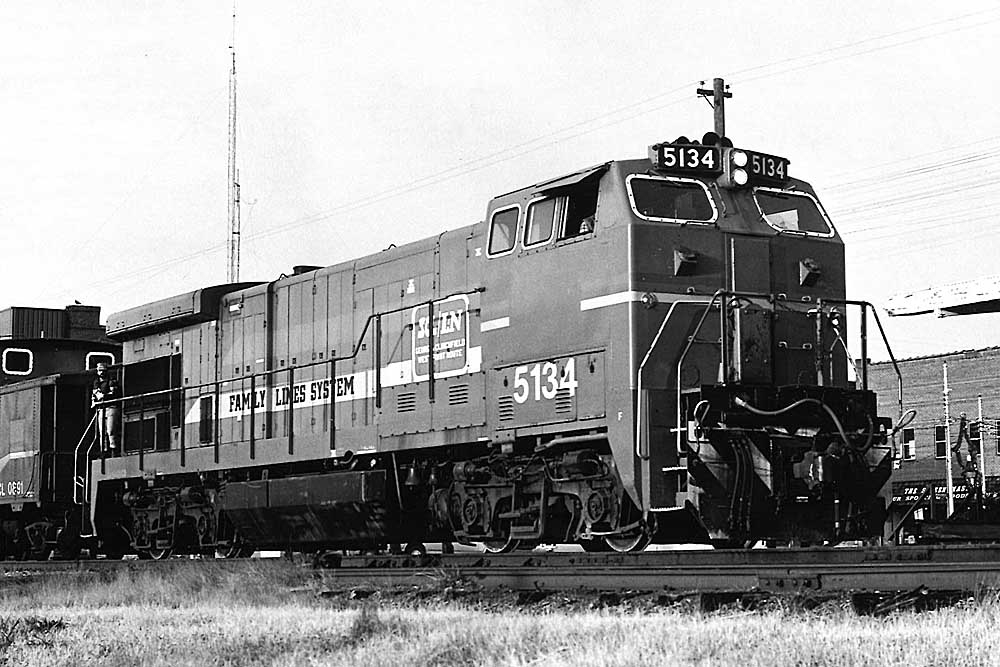
As railroads began to phase out cabooses, manufacturers experimented with where to put the crew. General Electric’s design team took its standard 2,250 hp B23-7 and enlarged the cab area to not only house the traditional front-end crew but everyone that had previously called the caboose their home away from home. Seaboard Coast Lines ordered 10 units, which was the sum total of the BQ23-7’s order sheet.
Read more about the General Electric BQ23-7 here
Baldwin Centipede
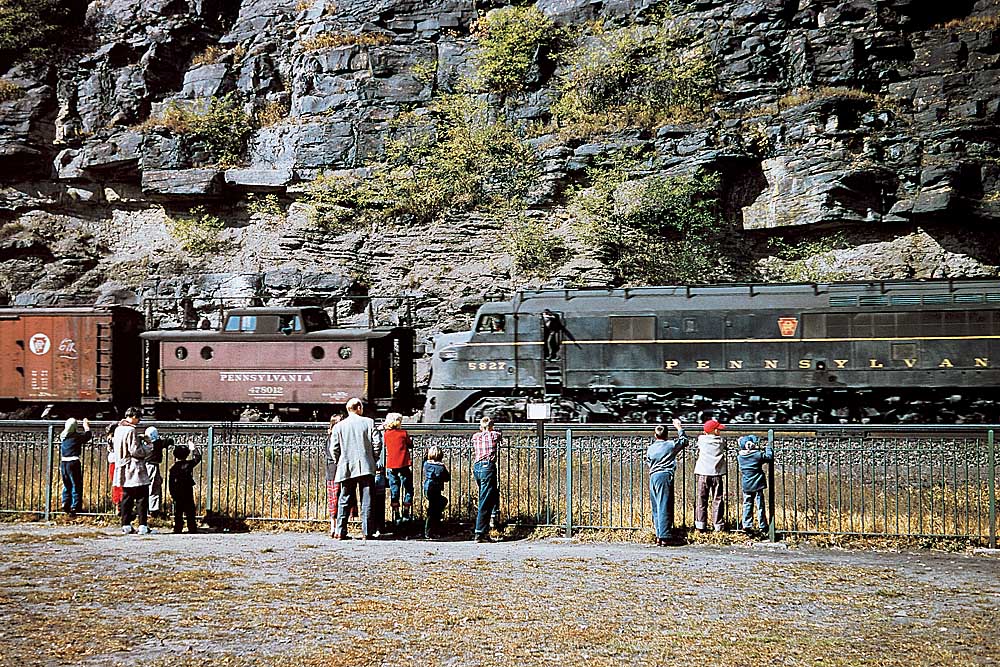
Officially known as the Baldwin DR-12-8-1500/2, which stood for Diesel Road, 12-axles, eight of which were connected to traction motors, with two engines, each producing 1,500 horsepower. The 2 stood for their original design philosophy of having two of them semi-permanently connected back-to-back to form a 6,000 hp package. 56 of these Centipedes were produced for three railroads. Designed as a high speed passenger mover, they were outclassed and outsold by the likes of the competing EMD F3 or Alco FA1.
Read more about Baldwin Centipedes here
Baldwin Babyface
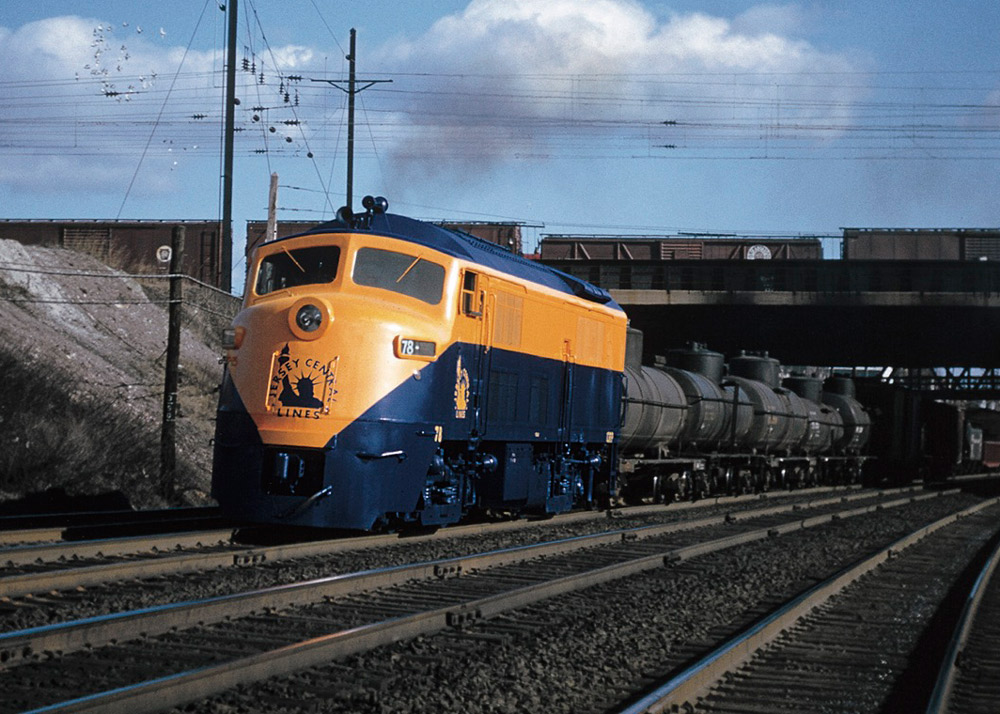
The Baldwin DR-4-4-15, also known as the Babyface, was powered by the new 608SC prime mover. The front-end design the Babyface sported — similar to EMD’s F-unit “bulldog” but with larger windshields and a smaller, more rounded nose — was a departure from the more planar look of Baldwin’s two most recent cab units. Only 33 examples of the DR-4-4-15 were produced, and they were plagued by problems, including a tendency for the air intakes to draw in moisture.






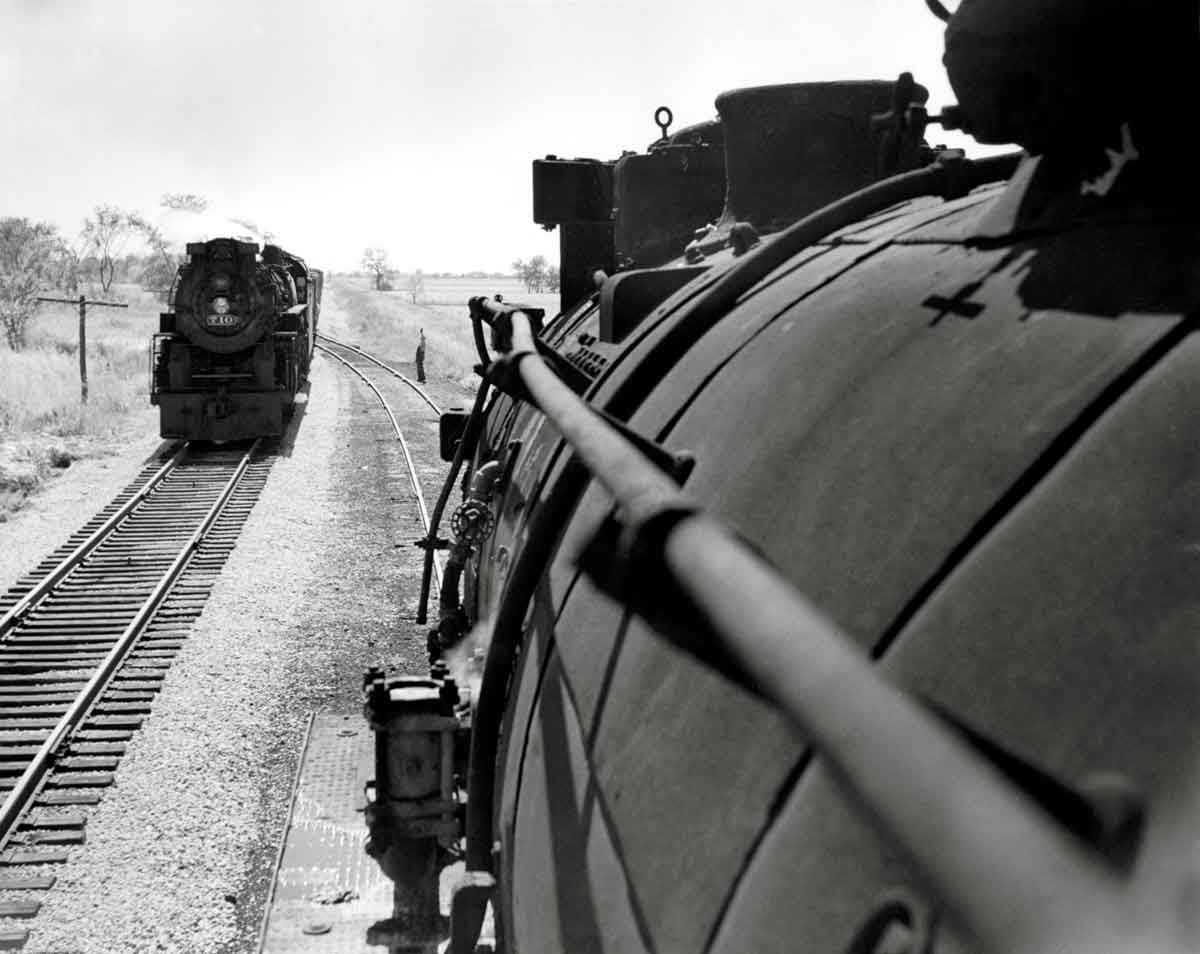

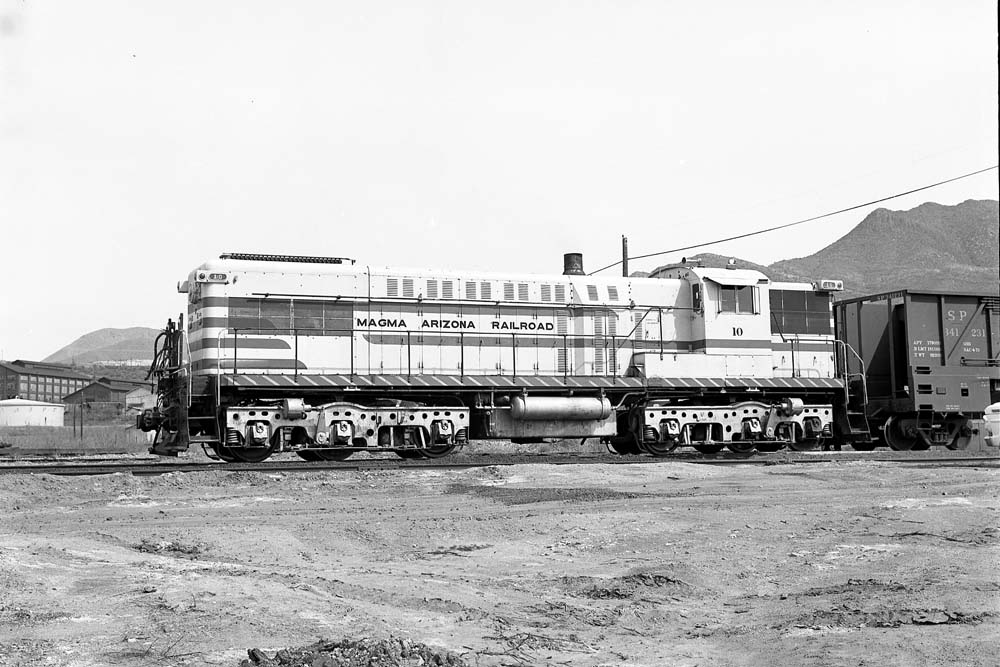
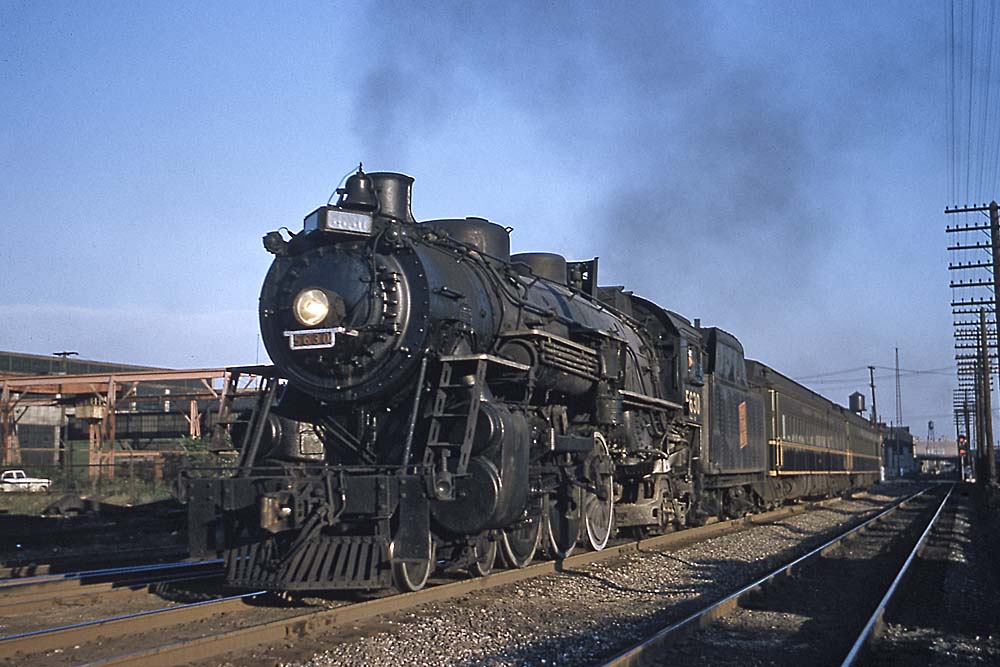




Re Blombergs under GE locos, could they be from junked or turned in locos rather than newly built ones? If so, wonder if they had new traction motors or just rebuilt ones?
Re EMD/PR Tier 4s. I had heard that many were in storage. Nice to hear that some Roads who purchased them have actually been putting them to active use.
Had you mentioned a Babyface to a PRR Pittsburgh Division employee in the 60s, they’d have known immediately that you were referring to a Centipede. Babyface was one of their more kind nicknames for Centipedes.
I had thought CRI&P had used E6A units with their AB6′ s on the Rocky Mountain Rocket’. They later rebuilt the AB6’s with a second 567, giving them an E6B with a cab. They later got HEP generators and went into Chicago suburban service.
EMC’s first five road locomotives were flat-end boxcabs with two Winton 12-201A’s at 900 HP each. They were ATSF 1-1A for the Super Chief; B&O 50 for the Royal Blue and EMC 511-512 as demonstrators. B&O 50 went to the Alton Route, then GM&O and is now preserved at the National Museum of Transportation in Kirkwood MO as B&O 50.
The Baldwin “Babyface” photo is a CNJ unit. CNJ acquired these and EMD F3’s at the same time but in the early 1960’s traded the F3’s in for new SD35’s. Who else traded in EMD’s and kept Baldwins of the same type and vintage?
One more comes to mind in recent years – the EMD/Progress SD70ACe-Tier 4. It’s failure LED to GE/Wabtec becoming the sole supplier of Tier 4 heavy freight lUS railroads. Is it even still listed as an available product? UP got 100, a few other roads got some samples. Are any still in daily operation?
Not true. Both UP and CSX roster the SD70ACe-T4. UP does have the largest number (most;y because most other roads had already purchase GE/Wabtec T4 locomotives when EMD/Progress Rail didn’t have one) but CSX is building its roster pf them and over time Other may have more than just samples and the model is proven. UP used them in heavy haul coal and other unit train service where powerful and steady are the necessary operating requirements. BNSF has none and seems to be standardizing its new purchases on Wabtec (The locomotive formerly known as GE, lol) units. NS is still buying Wabtec and EMD/PR (T4 credit) units but has not taken the leap into the T4 model yet, waiting for UP and CSX to prove the technology as well as converting many of their older DC units to AC in a staged rebuild program. We shall see what happens when cost becomes the factor and many railroads start replacing their older “new” units. The SD70ACe-T4 is a bit cheaper than its Wabtec counter parts…
You can see a picture and verbiage on the unique E6B’s used in tandem with the EMC TA units at http://www.american-rails.com/ab6.html. Unfortunately, neither example of this unique locomotive, the only factory-produced locomotive featuring a blunt-end cab (Flat end), was saved
You can see a picture and verbiage on the unique E6B’s used in tandem with the EMC TA units at .american-rails.com/ab6.html. Unfortunately, neither example of this unique locomotive, the only factory-produced locomotive featuring a blunt-end cab (Flat end), was saved
Interesting. I guess R&D had their troubles back then. The EMC TA looked good (I am partial to the “F” Series). Funny how they only made 6 units for a specific road and it performed well. Then you produce other units in mass and they ended up being unreliable.
The TA was successful on the Rock Island, particularly into Denver and Colorado Springs. As Don Ball showed in Volume One of his book, “Americas Colorful Railroads,” Colorado Springs and Denver are no where near each other nor connected back then by the Rock. The Rock Island used two TA’s and a E6B unit with head-in controls sandwiched in between on its heavy Rocky Mountain Rocket out of Chicago. When it got to Limon, CO, the train would be split and an E6B unit (there were two) would take three to four cars from Limon to Colorado Springs while the rest of the train would continue on behind the TA’s to Denver. They would all reassemble in Limon and return to Chicago at days end. Maybe this locomotive wasn’t for everyone but it served its purpose for creation on the Rocky Mountain Rocket!
Well, the “Q” cab proves that anyone can make a mistake, hopefully only one at a time, thanks for the article David.
Is it just me, or did the “Q” units look like something a bus and 18 wheeler would have given birth to???
Another question, why did SCL/Family Lines use EMD Blomberg trucks under all its GE locomotives? I have yet to see a video or picture of any SCL/Family lines U boats with normal AAR Trucks. They were always the Blomberg Style. I’ll bet GE loved that since the Blomberg style truck was designed by Martin Blomberg, an EMD Engineer! lol. Things that make you say “Hmmm…”